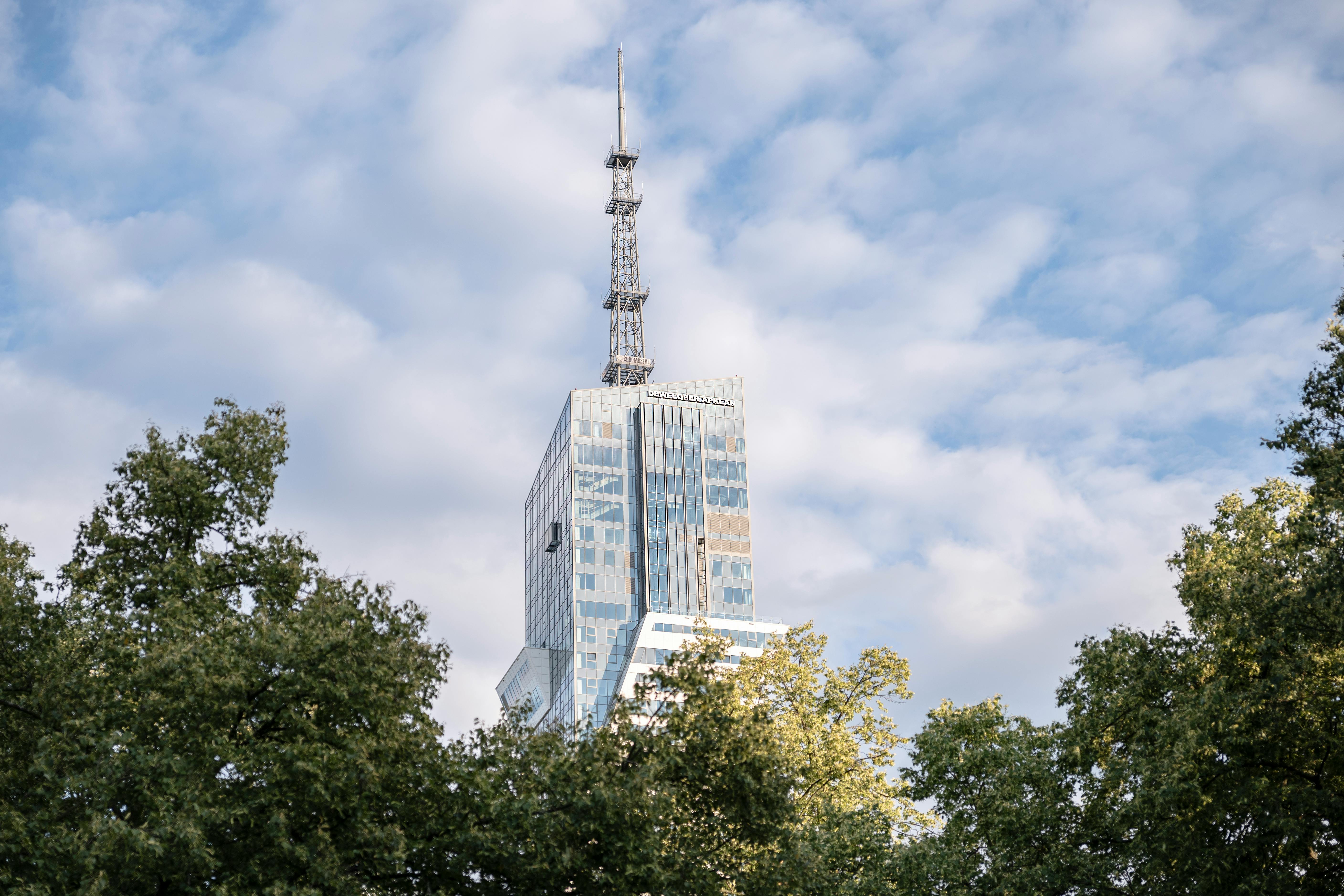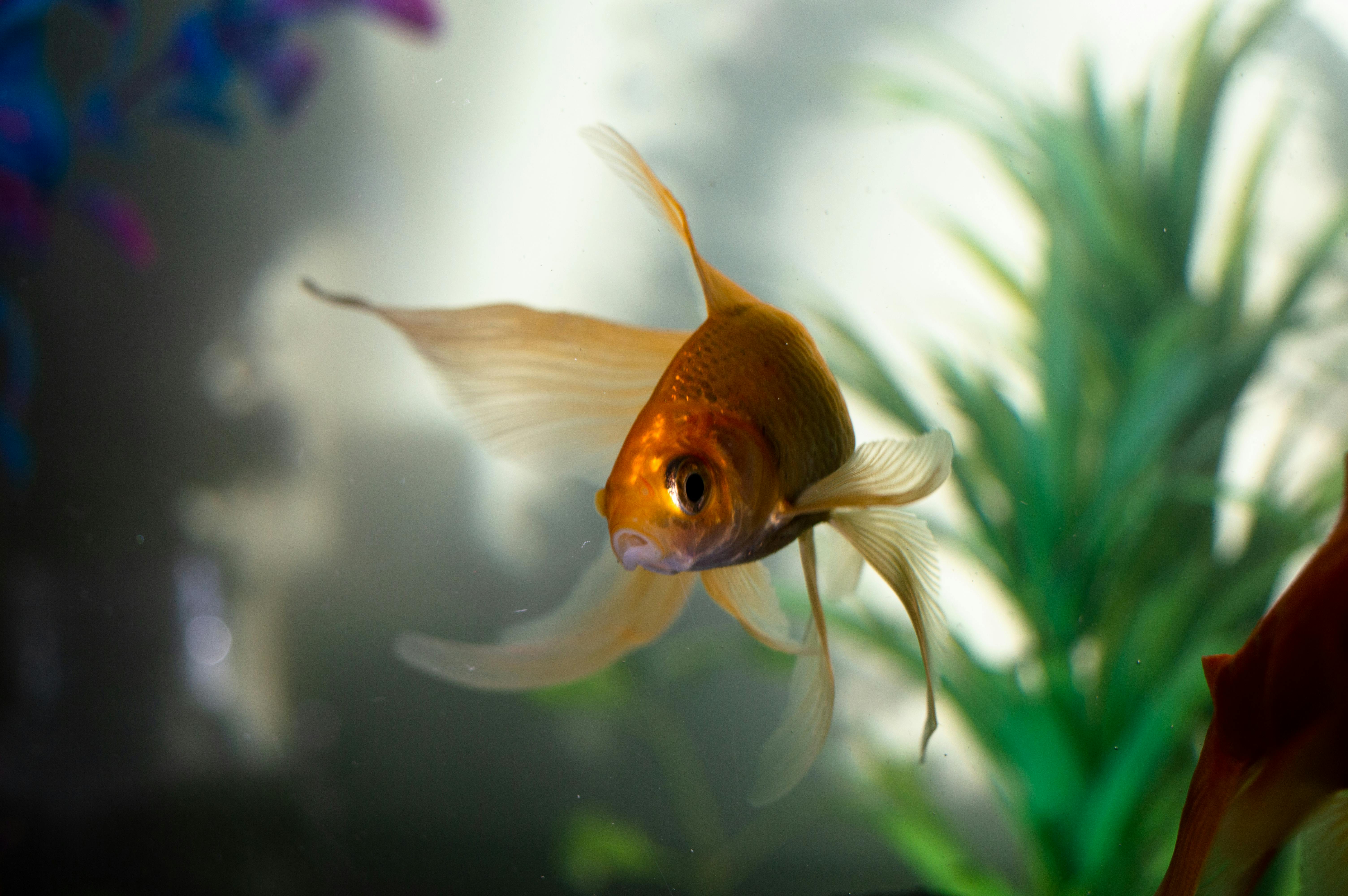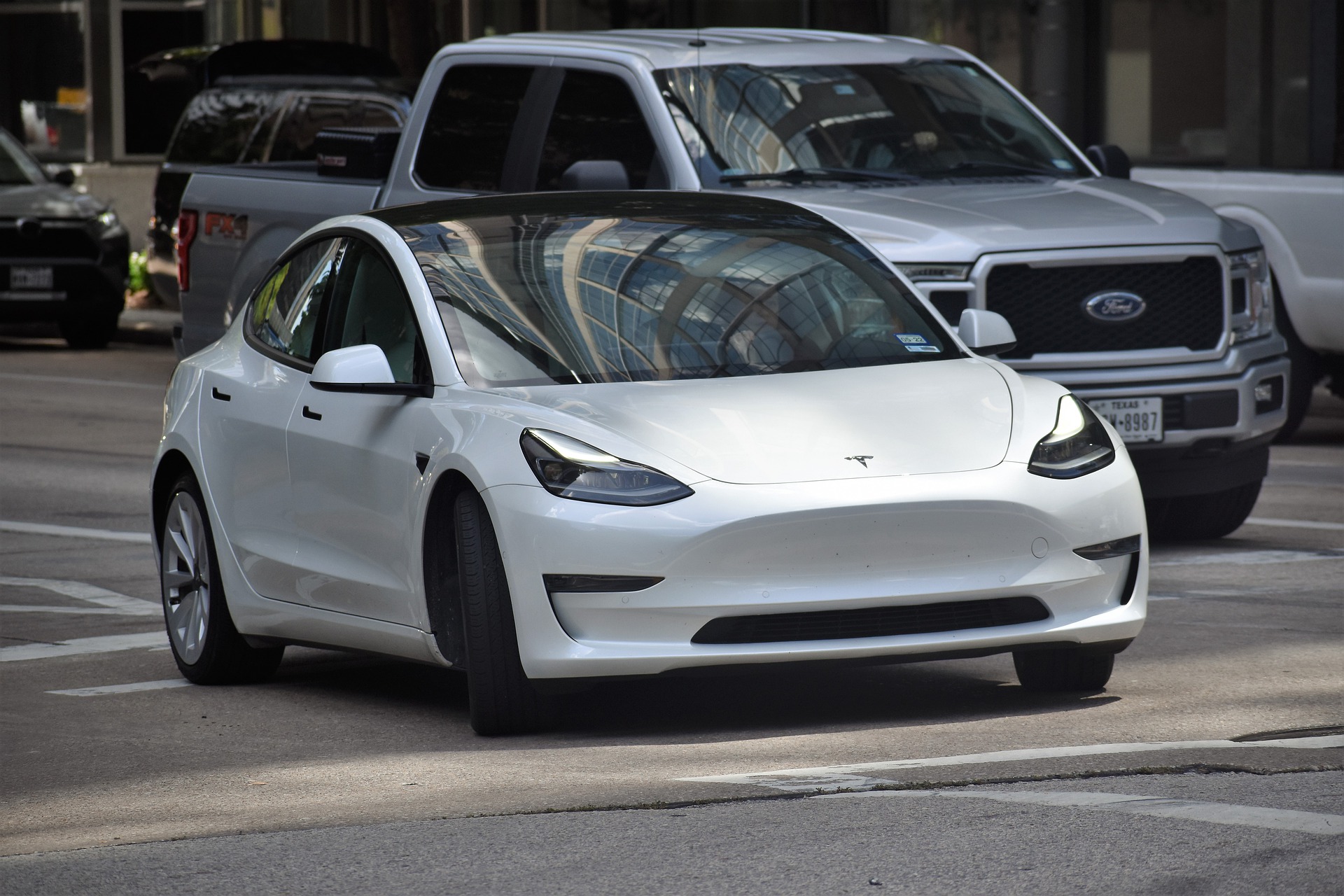Reimagining the Role of Urban Green Spaces in Society
In the hustle and bustle of city life, urban green spaces often stand as understated sanctuaries. These pockets of nature in concrete jungles hold a deeper societal significance that transcends mere aesthetics. Read below to delve into the fascinating evolution, contemporary relevance, and future prospects of urban green spaces.

A Walk Through History
Urban green spaces, from public parks to community gardens, have always been integral to city landscapes. Historically, they have served as communal spaces for social interaction, recreation, and respite from urban chaos. The 19th century saw the creation of major urban parks like Central Park in New York and Hyde Park in London, embodying democratic ideals of accessible green spaces for all city residents. This was a response to industrialization’s side effects, providing a much-needed natural solace for city dwellers.
More than Just Pretty Spaces
In the contemporary context, urban green spaces have evolved beyond their traditional roles. They now represent vital ecosystems, contributing to biodiversity and ecological balance within cities. Moreover, they are increasingly recognized for their role in improving mental health, fostering community cohesion, and even reducing crime rates. Research shows that green spaces can significantly decrease stress levels, improve mood, and enhance overall well-being.
The Social Movement of Urban Greening
The green urbanism movement, advocating for sustainable and eco-friendly urban development, has propelled the importance of urban green spaces to the forefront. This movement pushes for the integration of green spaces into urban planning, recognizing their potential to mitigate environmental challenges like air pollution and urban heat islands. The rise of community gardens and rooftop farms is a testament to this shift, transforming underutilized urban areas into vibrant, green communal spaces.
The Implications and Significance
The increased emphasis on urban green spaces has profound implications for societal well-being and environmental sustainability. They serve as a testament to the power of nature in fostering healthy communities, promoting social interaction, and enhancing quality of life. Furthermore, they embody a collective commitment to sustainable living and environmental stewardship, essential in an era grappling with climate change and environmental degradation.
Looking Ahead: The Future of Urban Green Spaces
As we move forward, the role of urban green spaces will continue to evolve, reflecting societal changes and environmental needs. The integration of technology, like sensor-based irrigation or data-driven maintenance, might shape the future of these spaces. However, the core essence of urban green spaces as communal, natural sanctuaries within urban landscapes will undoubtedly remain unchanged.
In conclusion, urban green spaces offer much more than an escape from city life. They have become crucial components of urban planning, social interaction, and environmental sustainability. Their role in society is constantly evolving, marking them as vibrant, dynamic spaces that embody the spirit of modern urban life.





